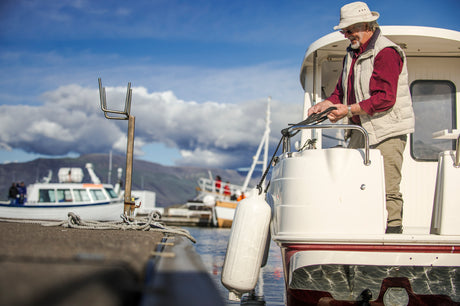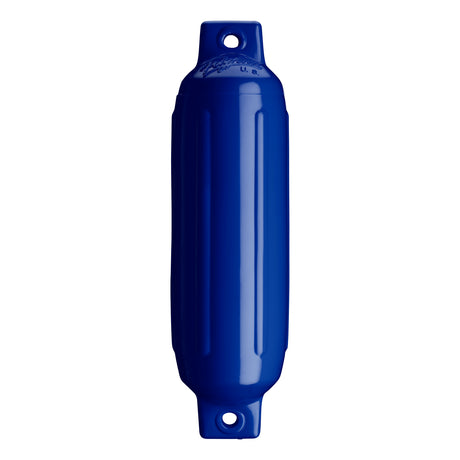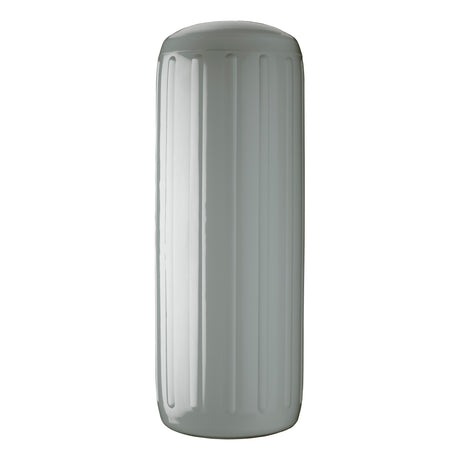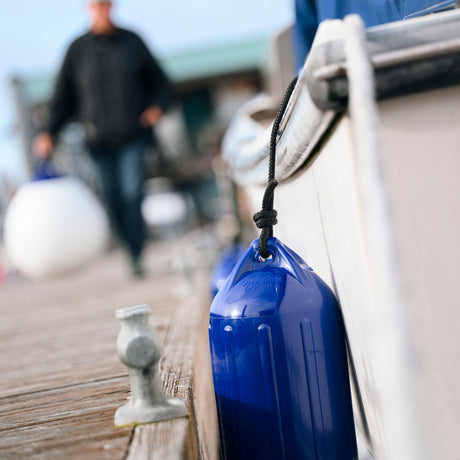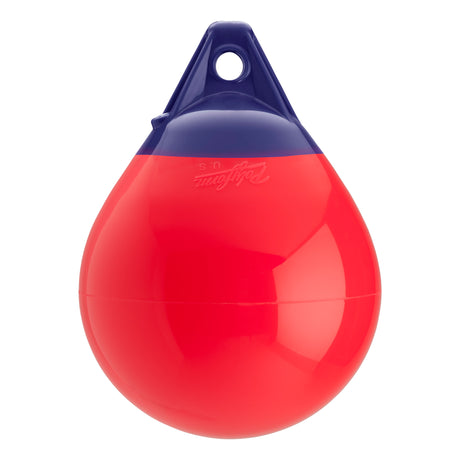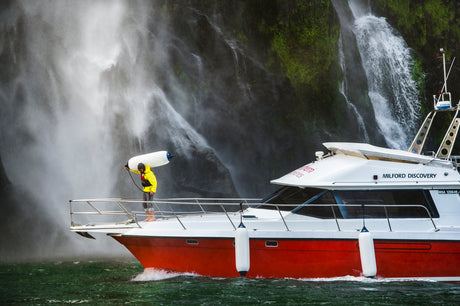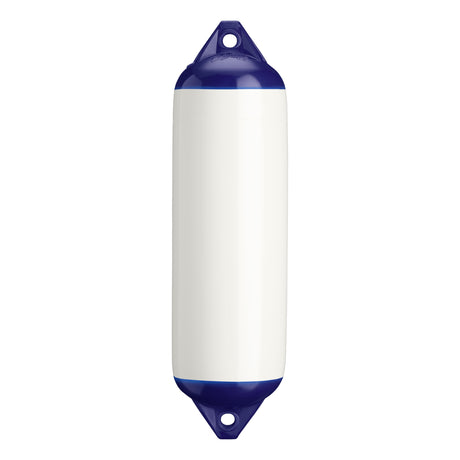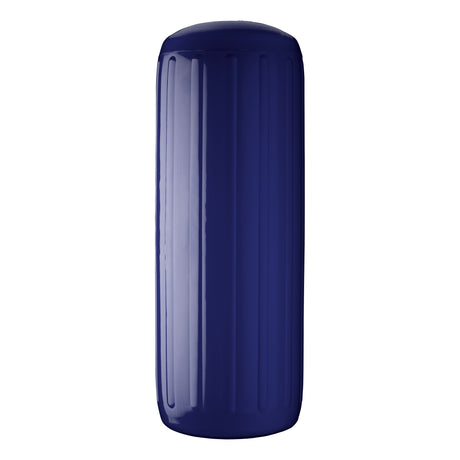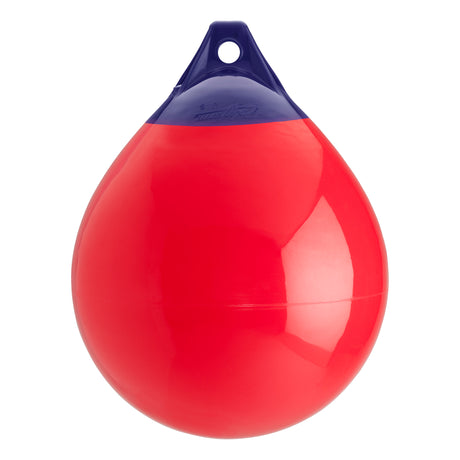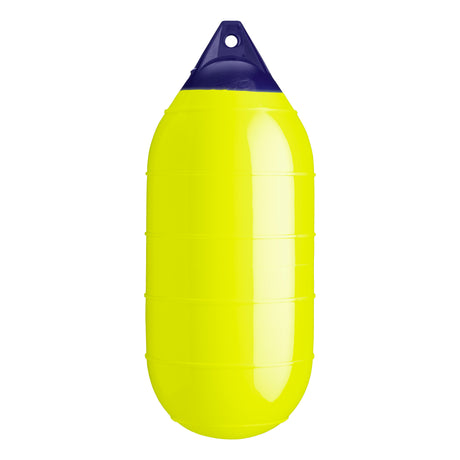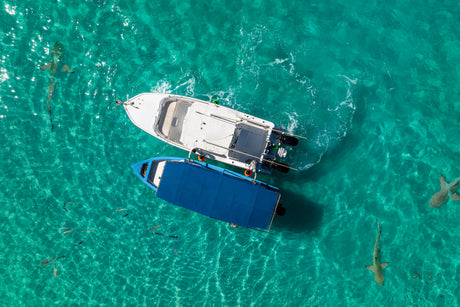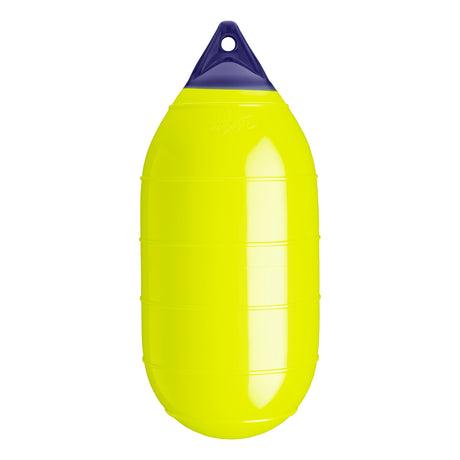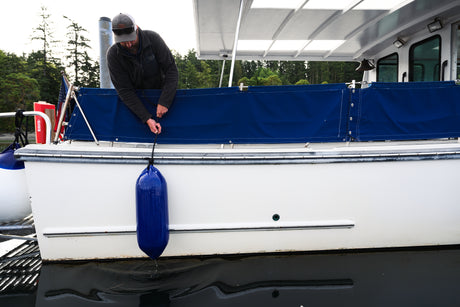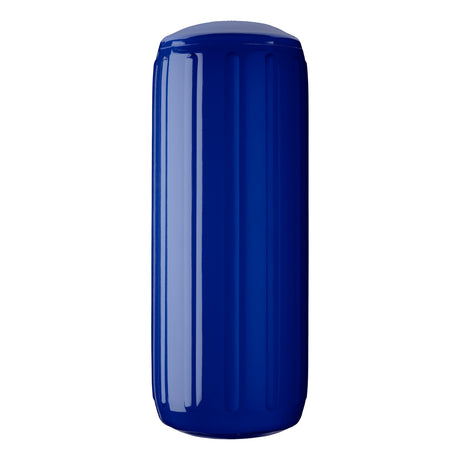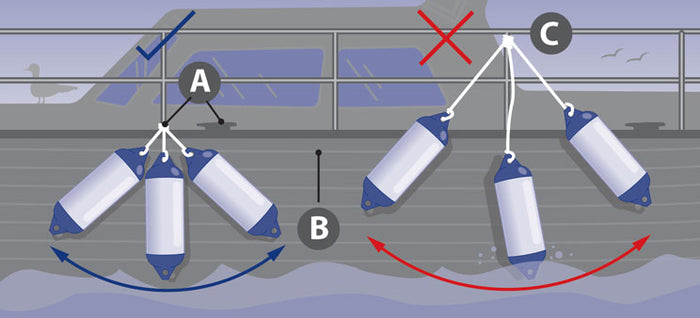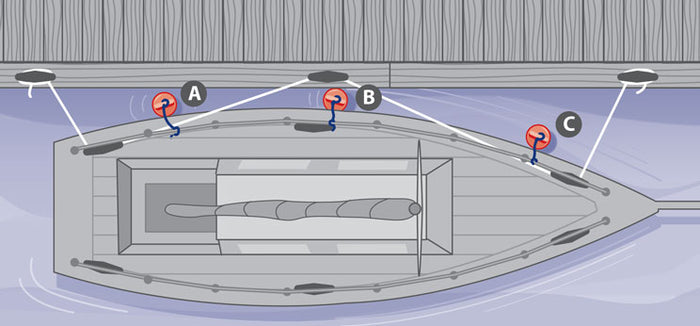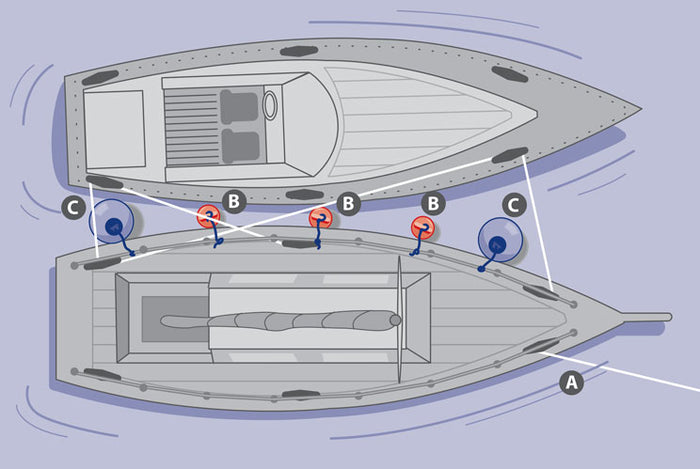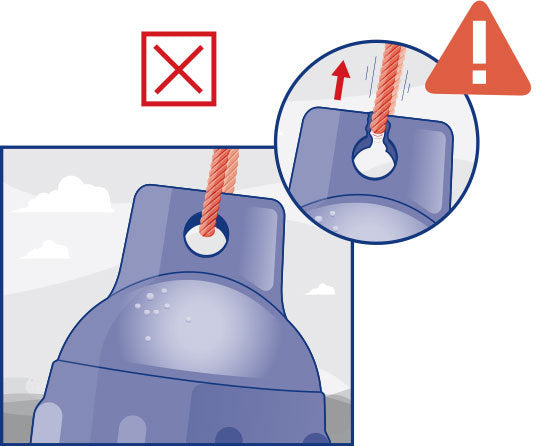SMALLER BOATS AND PROTECTED MOORINGS
SMALLER BOATS UNPROTECTED MOORINGS
LARGER BOATS UNPROTECTED MOORINGS
RAFTING
PILINGS
| Boat Size | Fender Selection | Buoy Selection |
|---|---|---|
| Up to 10' | G‑1 | A‑0 |
| 10'‑15' | G‑2, NF‑3 | S‑1, A‑0 |
| 15'‑20' | G‑3, NF‑3 | S‑1, A‑1 |
| 20'‑25' | F-1, F-02, F-2, F-3, G-4, HTM-1 NF-4 | A‑1, LD‑1 |
| 25'‑30' | F-02, F-2, F-3, G-5, HTM-2, NF-5 | A‑1, LD‑1 |
| 30'‑35' | F-4, F-5, G-5, HTM-3, NF-5 | A‑2, LD‑2 |
| 35'‑40' | F-5, F-6, G-6, HTM-3 | A‑2, LD‑2 |
| 40'‑50' | F-6, HTM-4 | A‑3, LD‑3 |
| 50'‑60' | F-7, F-8 | A-4, LD-4 |
| 60'‑70' | F-8, F-10, F-11 | A-5 |
| 70'‑Up | F-11, F-13 | A-6, A-7 |
FENDERING TIPS
-
![]()
FENDER TIPS
Use at least three fenders when docking.
- Tie fenders to something solid like a stanchion base or deck cleat along the rail.
- Always hang fenders close enough to the surface of the water.
- Do not tie the fenders high. This could allow them to swing in a wide arc, causing them to end up on top of the dock rather than between the boat's hull and the dock where they're needed.
-
![]()
DOCKING
Use at least three fenders when docking.
- One fender at aft.
- One fender at maximum beam.
- One fender at fore.
STORAGE
Polyform fenders and buoys should be stored in a safe place out of direct sunlight.
-
![]()
RAFTING
- When rafting, the best fendering technique is to have the fenders in place on the boat already moored or at anchor.
- Position three standard fenders fairly close to maximum beam.
- Position two round A Series or LD Series buoys fore and aft to provide greater protection from boats tossing into each other.
FENDER LINE TIPS
-
![]()
Correct
It's important to use the proper size line (diameter) based on the size of the fender and the ropehold. We recommend when using a single line nothing less than 3/8" diameter for the smaller fenders up to as large as 1" depending upon the size of the fender and the diameter of the ropehold. When using a looped connection or doubling the line 1/4" for smaller ropeholds and 3/8" for larger ropeholds is recommended. The idea is that you want to fill as much of the diameter of the ropehold with the line in order to disperse the load over the greatest area of the ropehold.
-
![]()
Incorrect
Using a line diameter that is too small can act like a knife and abrade or create friction on a single point in the ropehold causing the ropehold to crack or tear. We prefer and recommend nylon rope over other types because of its stretch properties. It is a little more forgiving and softer creating less friction. Remember, rope is much stronger than the PVC our fenders are made from, and always wins in the end.

